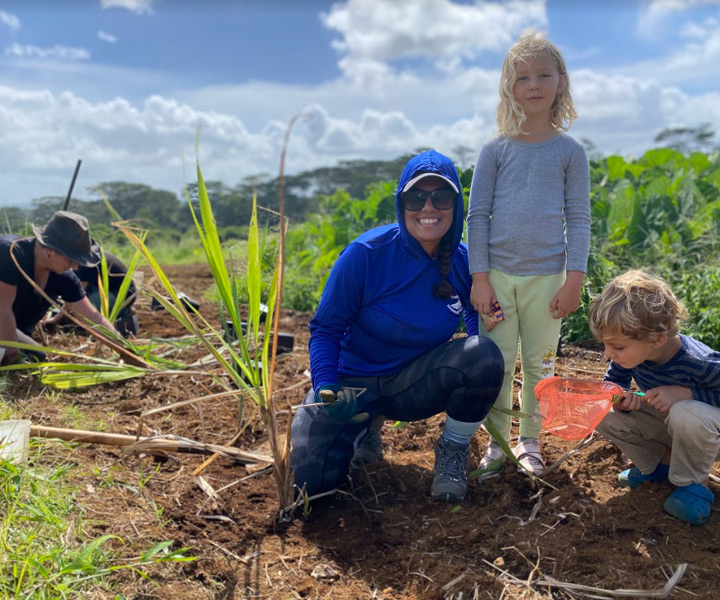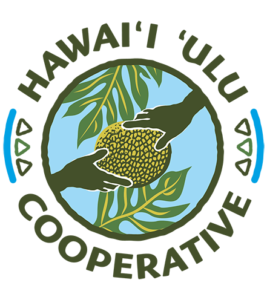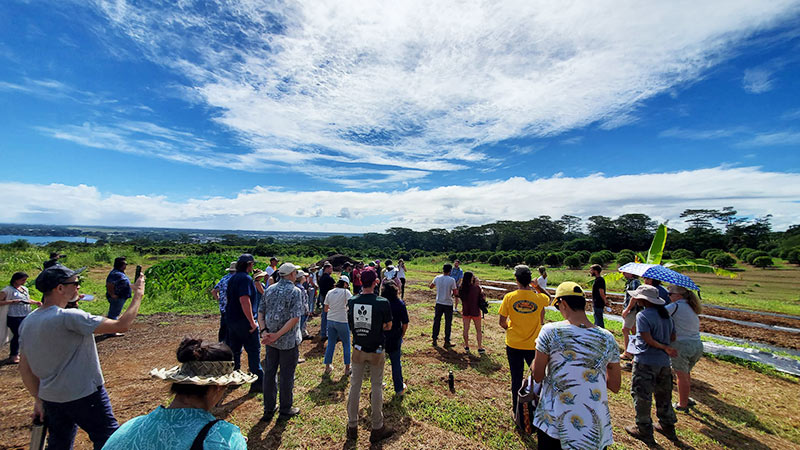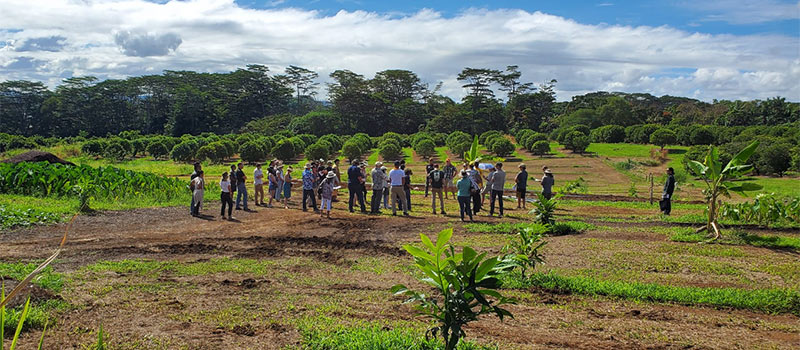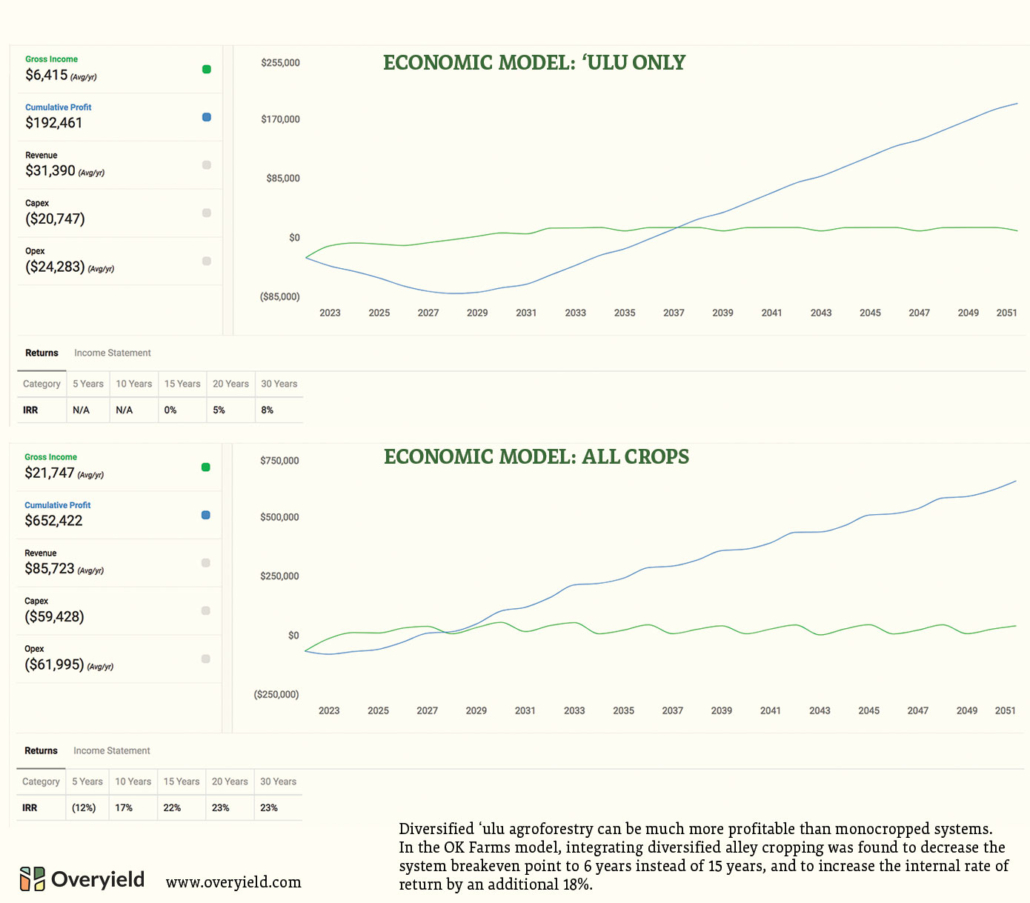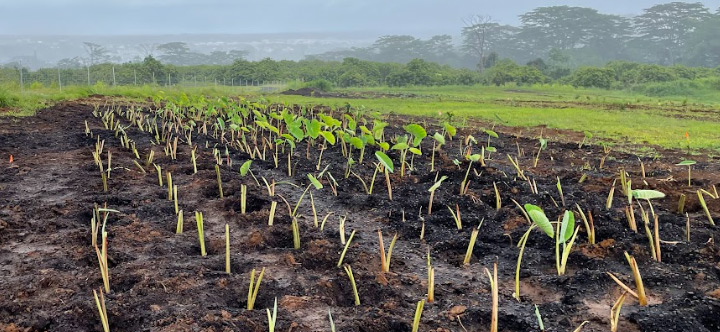‘Ulu Agroforestry Takes Root at O.K. Farms
In 2021, the ʻUlu Co-op was honored to win Elemental Excelerator’s ‘Ohana Award in partnership with Propagate – a company that helps farmers adopt agroforestry practices through a combination of their software platform Overyield, project development and financing solutions.
The collaboration seeks to address a critical need in Hawaiʻi’s food security efforts: demonstrating the long-term economic and environmental benefits of ʻulu agroforestry as a model for sustainable agriculture in the islands. While cultivating ʻulu using indigenous agroforestry practices now termed “multi-story cropping” or “forest farming” used to comprise one of the dominant dryland (rain-fed) food production methods in Hawaiʻi, these ancient systems were largely displaced or lost after colonization.
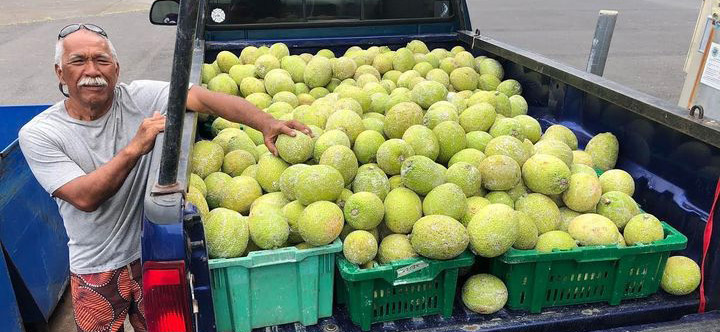
Today, revitalizing these systems in a way that works for communities, farmers, landowners, and funders offers an unparalleled opportunity to restore the islands’ food sovereignty and resilience.
After securing funding for the project, the ‘Ulu Co-op and Propagate connected with O.K. Farms, a 1,000-acre tropical fruit and nut tree operation in Hilo, Hawaiʻi Island, to help implement a 5-acre demonstration site. O.K. Farms owner Troy Keolanui saw in the project an opportunity to diversify the farm’s offerings, produce a traditional Hawaiian staple, and contribute to community food security.
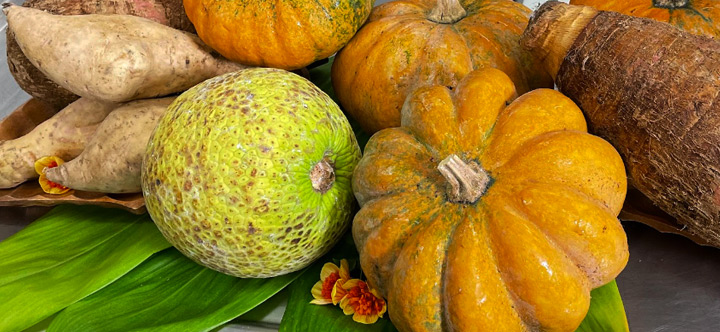
Components of the final project include:
- A 5-acre pilot demonstration system at O.K. Farms in Hilo.
- An interactive economic model and production primer to support increased implementation of ʻulu agroforestry in Hawaiʻi, with estimated operational and capital costs.
- A framework for ecosystem partnerships among farmers, landowners, and funders to help scale ʻulu agroforestry adoption.
Through their collective, community-based approach, the three project partners are targeting a total of 1,000 additional acres of ʻulu production over the next five years.
As a reference point, only 2,000 acres of ʻulu agroforestry are needed to replace all potato imports to Hawaiʻi, estimated around 25 million pounds per year. Since the start of the project, land stewarded through ‘ulu cultivation among co-op members has already increased from 100 to 180 acres.

At this point, you may be wondering, what is agroforestry?
At its simplest, agroforestry is the strategic addition of tree crops to farmland. The USDA recognizes 5 key strategies for agroforestry:
Alley cropping: Alley cropping is the planting of trees or shrubs in two or more sets of single or multiple rows with agronomic, horticultural, or forage crops cultivated in the alleys between the rows of woody plants. Crop rows alternate with tree, shrub, or non-weedy vegetation rows to provide fertility, shade, mulch, and weed control, while also serving as weed barriers.
Forest farming / multi-story cropping: Forest farming or multi-story cropping is the intentional cultivation of edible, medicinal, or decorative specialty crops beneath native or planted woodlands that are managed for overstory and understory crop production. This diversified system fills different ecological niches with crops, which can increase production in both space and time.
Riparian forest buffers: Riparian forest buffers are installed plantings of trees, shrubs, and herbaceous vegetation established and/or managed adjacent to streams, lakes, ponds, and wetlands. These buffers slow and diminish the amount of fertilizer and nutrient runoff from agricultural zones into water systems, reducing the food that often fuels algal blooms.
Silvopasture: Silvopasture is the intentional combination of trees, forage plants, and livestock in an integrated, intensively managed system. Oftentimes, sheep, goats, or other livestock might graze on the grasses beneath an orchard of fruit and nut trees, improving the overall land utilization.
Windbreaks: Windbreaks are single rows or multiple rows of trees and/or shrubs that are established for environmental protection purposes. Plants, often trees, are installed in strategic swaths across a farm to buffer the effects of strong winds upon farm crops and livestock. The shelter afforded by windbreaks to farm animals often enables livestock to gain more weight when protected by the windbreak. For ‘ulu grown in gusty areas, windbreaks can substantially reduce wind induced fruit damage. Windbreaks can also serve as buffers against pests and pesticide drift; for this reason, windbreaks are not usually planted using food crops.
You can learn more about agroforestry methods in the Co-op’s Guide to ‘Ulu Agroforestry in Hawaiʻi!
The demonstration agroforest at O.K. Farms was designed primarily around alley cropping, with smaller components of multi-story cropping and windbreak systems. Riparian forest buffers were not viable due to the lack of proximity to a body of water, and silvopasture was excluded because O.K. Farms does not raise any livestock at this time.
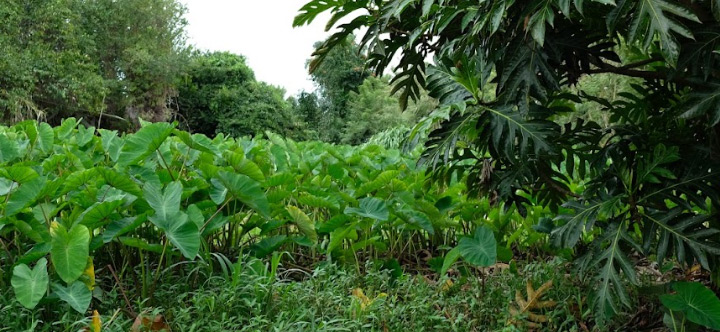
How was the ‘ulu agroforestry economic model and 5-acre demo site developed?
Propagate’s software platform, Overyield, provides a high-powered tool for farmers to design, implement, track, manage and finance agroforestry systems to increase profitability and provide economic forecasting for long-term operations. Because Propagate had never worked in the tropics before this project, we had to start from scratch to apply the software to ‘ulu agroforestry. The following steps outline the process taken:
1. LOCATION SELECTION
O.K. Farms, home to a large assortment of permanent crops, emerged as a great fit for a 5-acre ʻulu agroforestry pilot. Farm owner Troy Keolanui, with decades of farming experience, was interested piloting ʻulu for both its economic, cultural, and community food security benefits.
2. CROP PLANNING
A number of promising co-crops were surveyed for incorporation into the demo site with input from O.K. Farms, UH CTAHR, and other Hawai‘i farmers; these included cacao, kalo, pumpkin, māmaki, teak, coffee, sugarcane, banana, and an assortment of non-market support species.
3. RESEARCH
Detailed agronomic and financial models were created for the most promising co-crops, selected for their market potential and farmer preference. Over the lifespan of the system, we will ground-truth our assumptions on costs and labor requirements, along with growth rates, yields, and revenues.
4. FARM DESIGN
The process of building out the diversified farm plan in Propagate’s software, Overyield, was highly collaborative and included many conversations with local farmers and researchers in addition to Hawaiʻi ʻUlu Co-op staff.
5. FINANCIAL ANALYSIS
Overyield provided detailed financial forecasting tools to assess capital, operating costs and projected revenues by crop and the whole system. This integrated financial data helped project parters iterate and finalize the system design, which aims to maximize returns financially, socially and environmentally.
6. LAND PREPARATION
After the previous rambutan orchard was removed, the field site was graded and amended in preparation for planting.
7. IMPLEMENTATION
‘Ulu trees were the first crop to be installed. After the initial set of 199 trees were planted in June 2022, HUC held a community work day attended by volunteers to plant out the first co-crop – kalo, in the alley between two rows of trees. Other co-crops have been installed gradually based on available labor and planting material.
Breadfruit a long-term overstory crop, and incorporating different plant species both between trees and in the alleys between rows of trees provides significant opportunities to realize additional economic and environmental benefits.

The integration of faster-yielding crops like taro, squash, sugarcane, banana and māmaki allows growers to benefit from income generation well before the ʻulu trees mature (ʻulu trees produce fruit in 5-7 years, and reach full maturity in about 11 years). However, they also require a lot more effort on the part of the farmer / manager and knowledge about multiple crops. Therefore, these crops may not be the best solution for all producers.
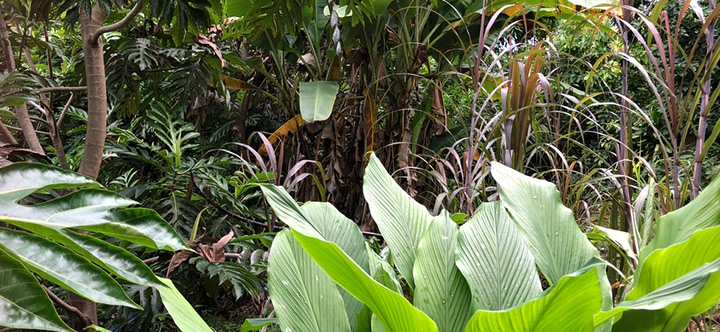
The economic outlook of integrating ʻulu with selected co-crops is promising.
A 5-acre breadfruit monocropped system provides breakeven after 15 years with a 20-year IRR of just 5%; after 30 years the IRR increases to 8%. In comparison, a 5-acre diversified agroforestry system that combines alley cropping and windbreak practices has a breakeven point 6 years after planting and a 20-year internal rate of return (IRR) of 23%.
Importantly, the system as a whole offers a much stronger economic outlook than cultivating 5 acres of breadfruit on its own, as seen in the two Overyield projections below.
Next steps
In September 2022, Propagate and the ‘Ulu Co-op were awarded part of several USDA Climate Smart Commodities grants led by the Nature Conservancy and the University of Hawaiʻi, respectively.
Funding will provide direct financial incentives to Hawaiʻi farmers adopting or expanding ʻulu agroforestry practices, and will also enable the Co-op to hire a full-time agroforestry technical support position to support local growers.
Projects are expected to begin in Spring 2023 and more information will be forthcoming.
How Can I Get Involved?
Learn more about ʻulu agroforestry and get your hands in the ʻāina with us! The ʻUlu Co-op and O.K. Farms are currently hosting monthly community workdays at the 5-acre demo agroforest. If you are interested in volunteering or learning more, please sign up here.
Group service learning visits can also be coordinated upon request for schools, businesses, and tour groups. Contact us at info@eatbreadfruit.com for more information!
